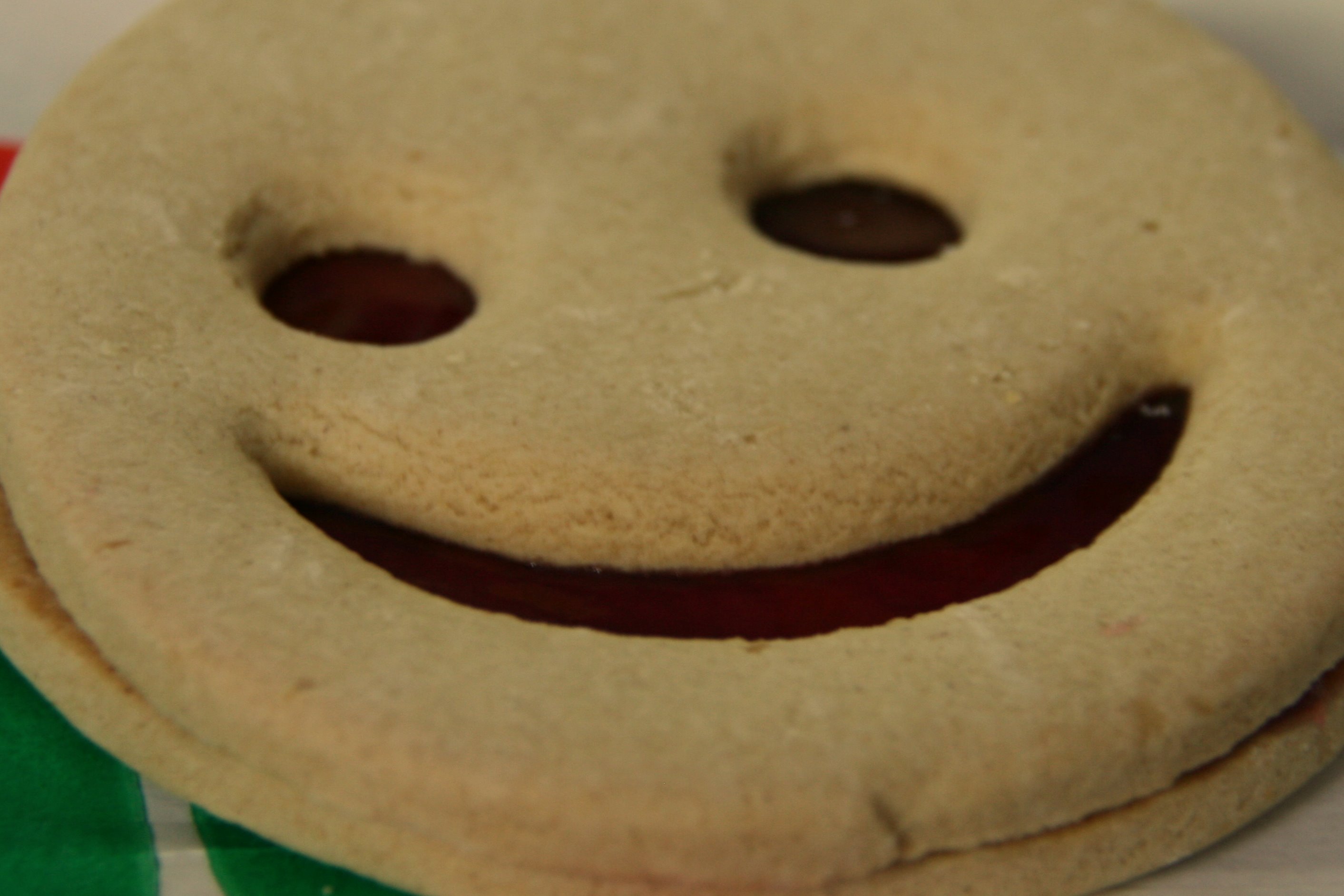 |
| Image from Wikimedia Commons |
"Ignorance is bliss."
Right. I didn't make that one up, but I sure do like it.
So, in a spirit of ignorance, you'll see that I start to let go in my next few practice sessions. Every once in a while I fall into some detailed work because even though I like my ignorance mantra I'm still a perfectionist at heart. But I truly am trying to focus on the big picture now.
Before I share this fourteenth practice session, I do want to mention a few comments that a dear friend of mine, Sue Hammond, passed on to me after watching and reading about Day 12. She had two great ideas that I decided to try out in the practice session below. The first one has to do with my question of how practice getting the sound and legato that I want in the slow movement. She says:
And then in regards to how to practice at this point in the project she offered this practice technique:
So thank you, Sue, for taking the time to share those two ideas with me and with anyone here who reads this post!
Now on to the music. Oh, and in case you're wondering, yes, this video was taken in my studio at school. I figured it would be good to start playing on as many pianos as possible.
I really love her image of pulling the piano into one's body as opposed to what I discussed in my post, where I talked about sinking into the keys." In slow movements, I like to feel as if I'm pulling the piano into my body rather than 'setting down' chords. That way, the legato gets richer, enjoining the notes AT THE KEYBED without pressing or weighting. It's like 'releasing' the sound magically into the air -- using the natural beauty of the piano...The quality of legato is everything, so I sometimes overlap the notes with hand or pedal until my ear demands a rich legato -- then reduce the overlap to just 'enjoyed'. Even in descending phrases, I try to feel the spiritual ascent of the line."
And then in regards to how to practice at this point in the project she offered this practice technique:
" Near performance, I play the whole movement (or section) using Ebb and Flow. I play the 'good parts' at full tempo, then imperceptibly slow down for the 'hard bits' to make sure they're played accurately and with ease, then pick up the speed again. Within a few days, I FEEL as if I'm playing those hard bits slowly, but actually they've come up to tempo. They just feel easy because they've been practised without tension. Even in performance, I emotionally bail to navigate those bits. This let's me get an overview and stamina without junk-practising the more challenging sections. There are less and less of these sections each time."I tried this as well and although I found it a bit tricky to actually know when I wanted to ebb and when I was ok to just flow, I have a feeling that will get easier the more I do it. I definitely like the concept of building ease into the trickier sections and trusting that they will quickly and naturally arrive at performance tempo instead of doing the "junk-practising" that she mentions. It can be so easy to fall into that not-so-helpful mode.
So thank you, Sue, for taking the time to share those two ideas with me and with anyone here who reads this post!
Now on to the music. Oh, and in case you're wondering, yes, this video was taken in my studio at school. I figured it would be good to start playing on as many pianos as possible.
Tweet

BRAVO! Notable was your adjustment at 12:22 to the sound of the slow movement. "Knead" the keyboard, or imagine a jellyfish pulsing to pull the sound out. And Ebb and Flow gives you the confidence that you've played it all with EVERYTHING in place (notes, fingering, dynamics) except consistent tempo. Yours, Sue
ReplyDeleteThank you, Sue, for your encouraging comment and the fabulous image of a pulsing jellyfish. What a mesmerizing thing to think about. It also happens to bring back fantastic memories have having jellyfish fights out on the beaches in California with my father and brother.
ReplyDeletePerhaps someday we'll have a chance to have one of those! Ha ha!!
All the best,
Erica
So, now it's down to jellyfish and balloons. Let's hope the balloons 'pulse' upward too. They probably will, with the winds helping one or hindering the other.
ReplyDeleteBTW, my Rach on youtube was years ago before I figured out this tech and, in fact, as I was just returning to piano. The Boston Amateur Competition put it up before I even got home, for some reason. I guess it's okay, but playing has changed a lot since then. Hopefully improved ... (was it awful?) Anyway, congratulations on your great project! Sue
Sue, no, of course it wasn't terrible! I really enjoyed listening to it although I'm sure it would sound different if you played it now. But it was still you and what could be bad about that, my friend?
DeleteThank you for your support throughout this project and beyond. I'm very thankful that our paths have crossed.
-Erica